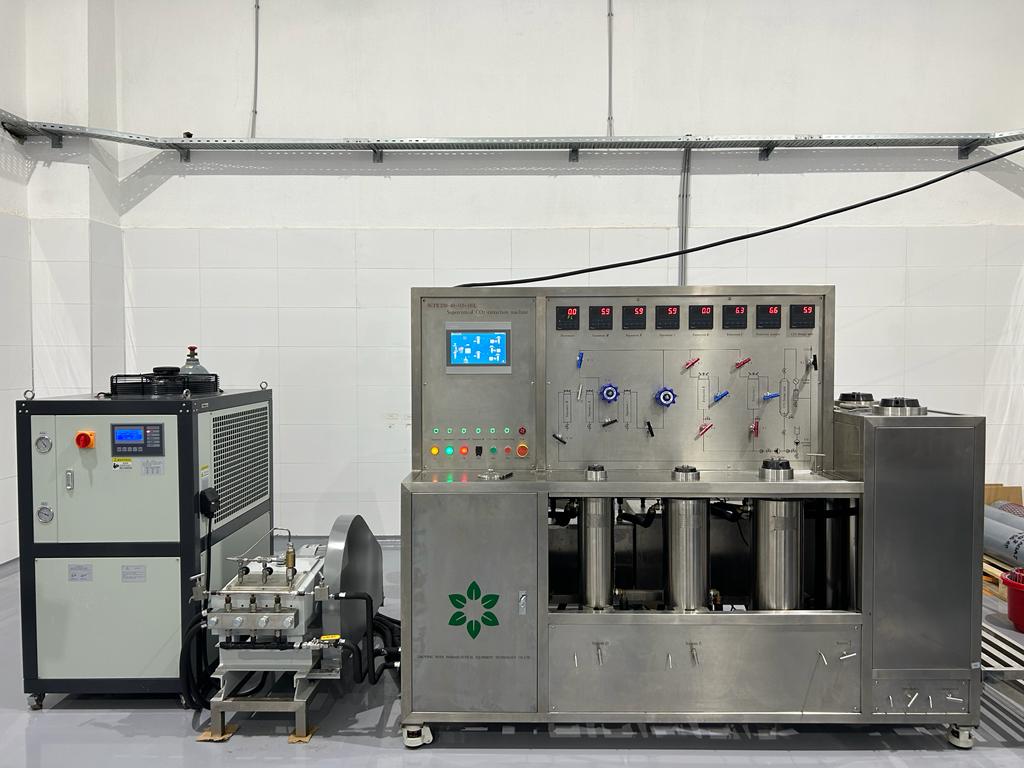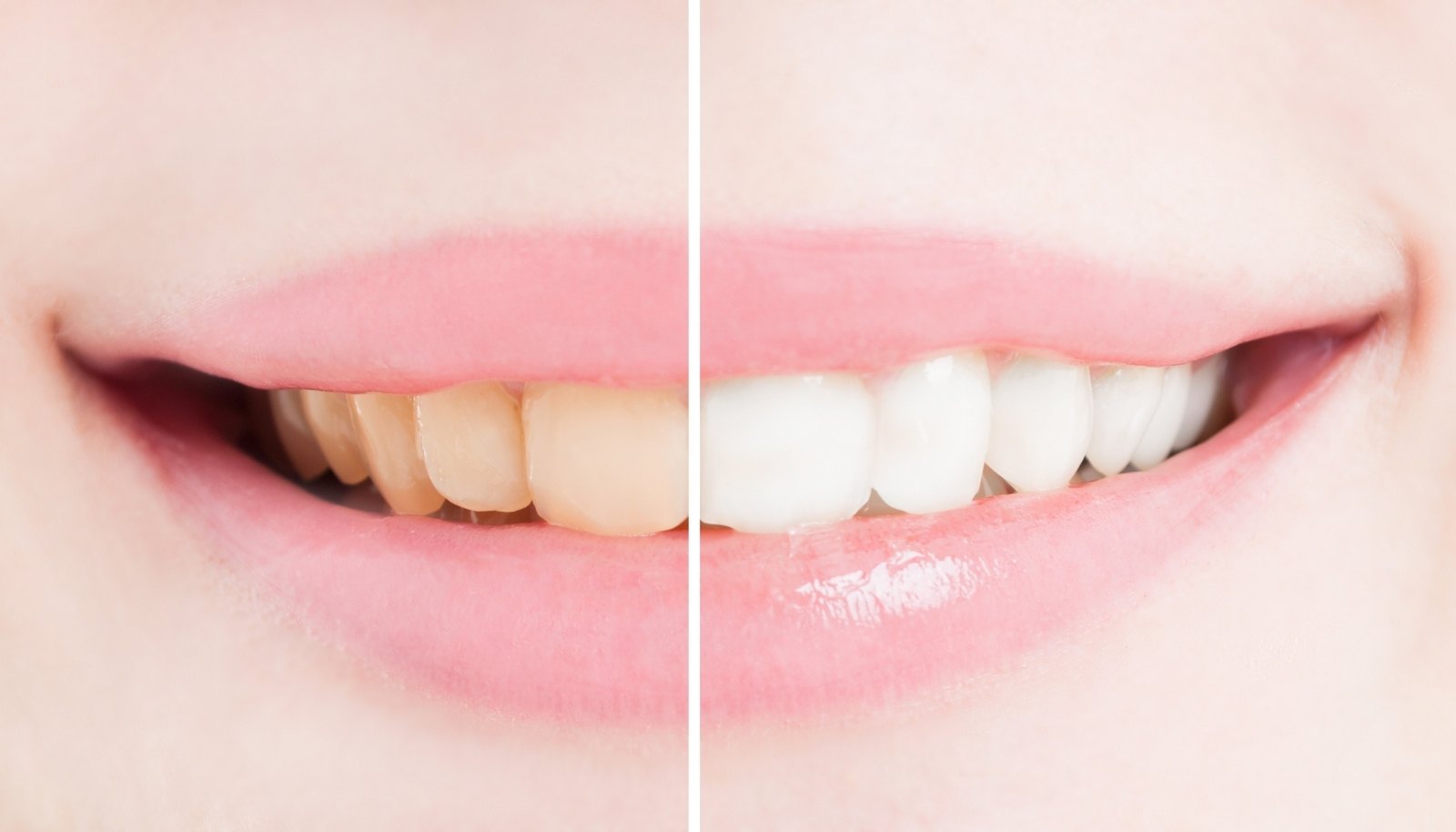
One of the extraction techniques used in Food, Cosmetics and Pharmaceutical Industries is also called Supercritical Extraction. In recent years, Supercritical Carbon Dioxide Fluid Technology has attracted great interest as a new technology among herbal extraction techniques.
''Supercritical fluid extraction is an extraction method in which a supercritical fluid (usually CO₂) is used as solvent and the raw material is dissolved in this fluid under high pressure and then the product is separated from the fluid by reducing the pressure.'' (YILMAZTEKİN, ERTEN, & CABAROĞLU, 2005)
What is Supercritical Extraction?
It is known that there are 3 forms of matter; solid, liquid and gas.
Each matter has its own critical temperature and critical pressure. This critical temperature and pressure is expressed as the highest temperature and pressure at which gas and liquid states can coexist. Under conditions above the critical temperature and critical pressure, the substance passes into a quaternary state called supercritical fluid. (YILMAZTEKİN, ERTEN, & CABAROĞLU, 2005)
Just below the supercritical zone, there is a region called Sap critical. Recently, sap critical environment is also used in raw material extraction and extraction processes.
Supercritical extraction, which is one of the important extraction methods, has proven that it can be used successfully in the extraction of many components.
Why Supercritical Extraction?
This new technology, Supercritical Carbon Dioxide Fluid technology, has become one of the most preferred methods in obtaining natural herbal extracts, which can be used as high value-added raw materials in the Pharmaceutical, Food and Cosmetic Industries, especially in recent years.
There are several important details that characterise the Supercritical Extraction method from other methods (Rozzi & Singh, 2002).
1) Supercritical fluids have high diffusion coefficient and viscosity compared to liquids,
2)The lack of surface tension allows the heterogeneous substances to penetrate the pores faster and thus increase the extraction efficiency,
3)Selectivity during extraction is enhanced by controllable variations in temperature and pressure, which affect the solubility of different components,
4)There is no chemical residue after extraction,
5)Carbon dioxide gas can be used in the extraction.
Carbon dioxide (CO₂) is the most preferred fluid/solvent due to its low critical temperature and pressure, not being flammable or toxin, not harming the environment compared to other organic solvents, and being more cost-effective in the long term. At the end of the extraction process with supercritical fluids, the fluid can be easily separated from the solute by reducing the pressure.
References
ÇOLAK, N., & TÜLEK, Y. (2003). SÜPERKRİTİK AKIŞKAN EKSTRAKSİYONU. GIDA , 313-320.
Rozzi, & Singh. (2002). Supercritical Fluids and the Food Industry. Comprehensive Reviews in Food Science and Food Safety, 33-44.
YILMAZTEKİN, M., ERTEN, H., & CABAROĞLU, T. (2005). GIDA BİYOTEKNOLOJİSİNDE AROMA MADDELERİNİN SÜPERKRİTİK AKIŞKAN YÖNTEMİYLE EKSTRAKSİYONU. GIDA, 269-274.





